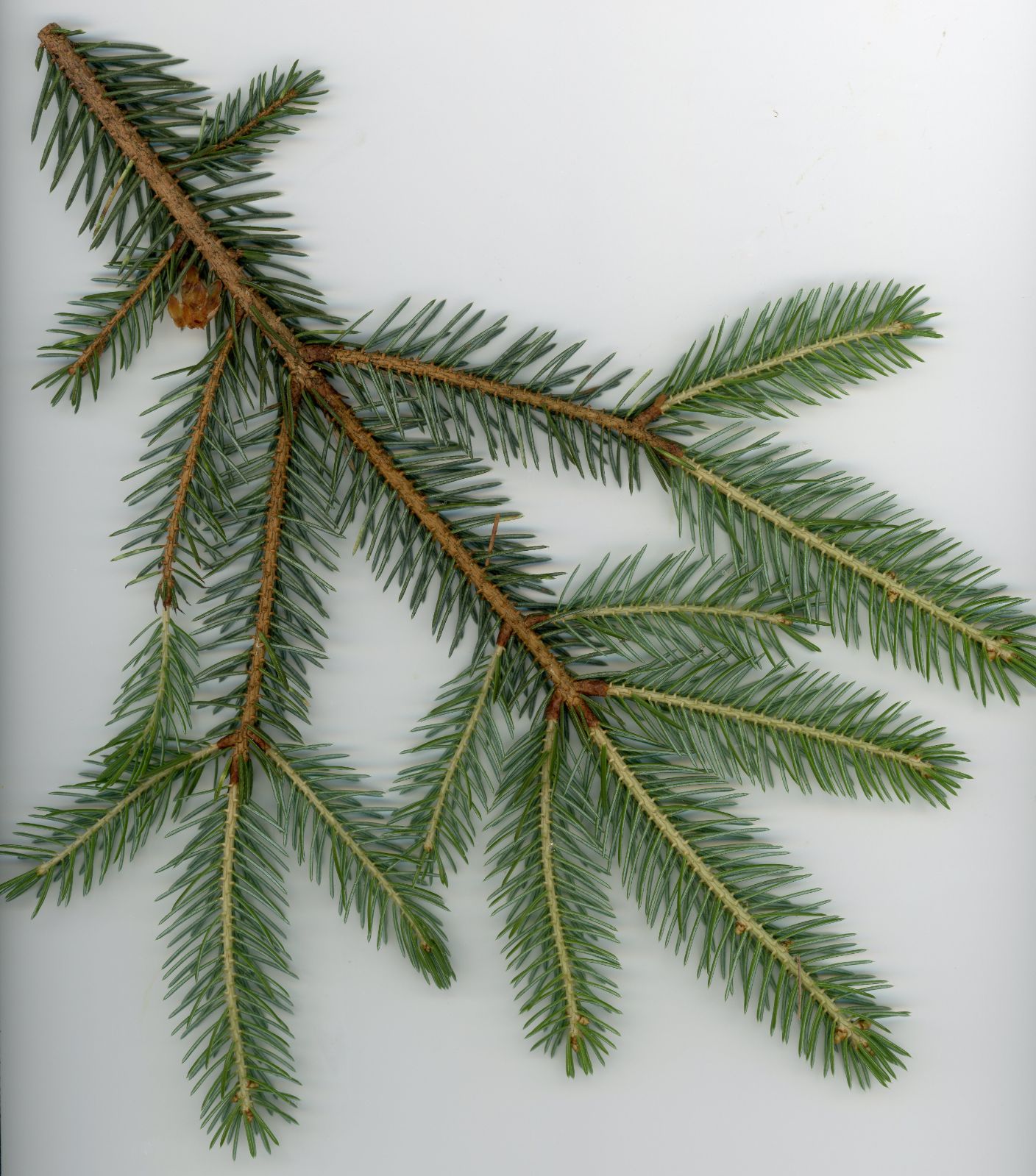Picea × lutzii
Sponsor
Kindly sponsored by
This genus has been sponsored and new text is being prepared.
Credits
Article from New Trees by John Grimshaw & Ross Bayton
Recommended citation
'Picea × lutzii' from the website Trees and Shrubs Online (treesandshrubsonline.
Genus
Common Names
- Lutz's Spruce
- Roche Spruce
Other taxa in genus
- Picea abies
- Picea alcoquiana
- Picea asperata
- Picea brachytyla
- Picea breweriana
- Picea chihuahuana
- Picea crassifolia
- Picea engelmannii
- Picea farreri
- Picea glauca
- Picea glehnii
- Picea jezoensis
- Picea koraiensis
- Picea koyamae
- Picea likiangensis
- Picea linzhiensis
- Picea mariana
- Picea martinezii
- Picea maximowiczii
- Picea meyeri
- Picea morrisonicola
- Picea obovata
- Picea omorika
- Picea orientalis
- Picea polita
- Picea pungens
- Picea retroflexa
- Picea rubens
- Picea schrenkiana
- Picea sitchensis
- Picea smithiana
- Picea spinulosa
- Picea wilsonii
Tree to 21 m, 0.3–0.45 m dbh. This taxon is a natural hybrid between P. sitchensis and P. glauca (Moench) Voss, and its morphology is intermediate between these species. The leaves are slightly quadrangular, the cones are intermediate in size or small (as in P. glauca) and the seed scales are short (as in P. glauca), but thin, light brown and irregularly toothed (as in P. sitchensis). Viereck & Little 1972, Farjon 1990, Thieret 1993. Distribution CANADA: British Columbia; USA: Alaska (Kenai Peninsula). Habitat Areas of overlap between the parent taxa; between 0 and 1200 m asl. USDA Hardiness Zone 5. Conservation status Not evaluated. Cross-reference K195.
Picea × lutzii is probably little more than a collector’s curiosity, but is grown in a few British gardens, including at the Royal Botanic Garden Edinburgh and in the Forestry Commission’s research arboretum at Alice Holt, Hampshire, where a tree was 10 m tall in 2001 (TROBI). The largest recorded in the United Kingdom were specimens of 14 and 13.5 m measured by John White at Vivod Forest Garden, Denbighshire in 1988 (TROBI). This is one of a select group of trees that have been recommended for planting in the milder parts of southwestern Greenland, where other relatively successful trees are Larix sibirica, Picea abies, Picea glauca and Pinus sylvestris (Ødum 2003). In areas where the range of trees available is rather wider, it may be most welcome in gardens in its dwarf clone ‘Machala’ (formerly attributed to P. × mariorika; see Krüssmann: K196), which forms a neat greyish mound of congested growth.

